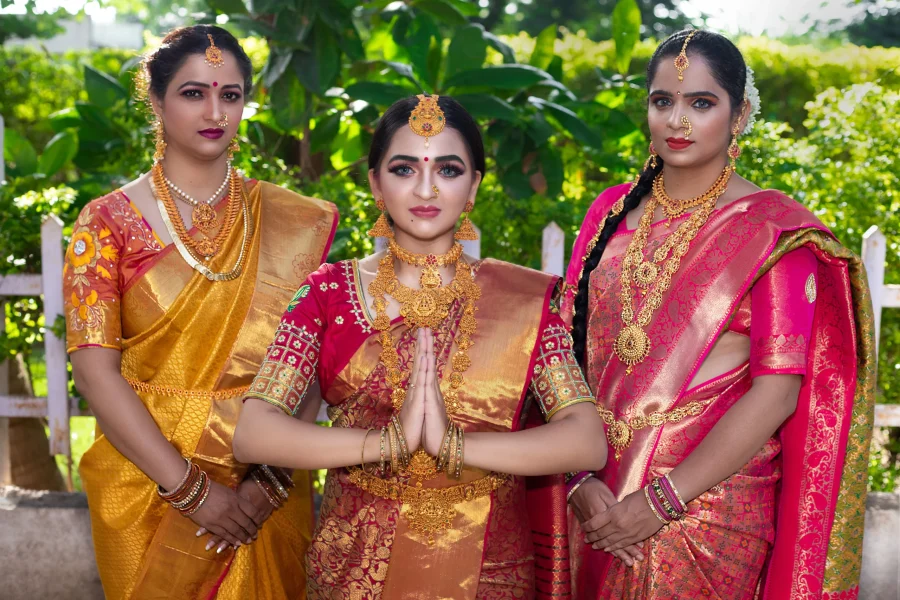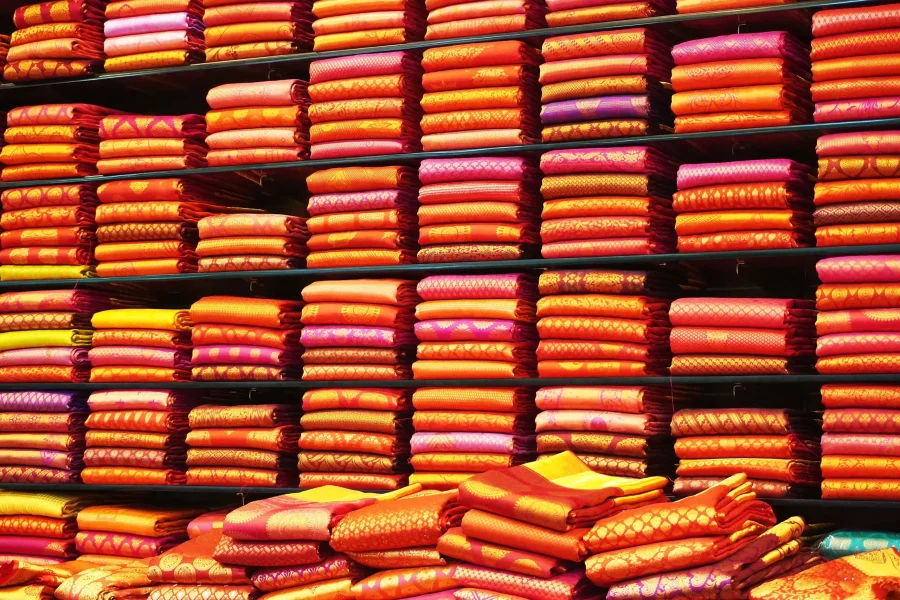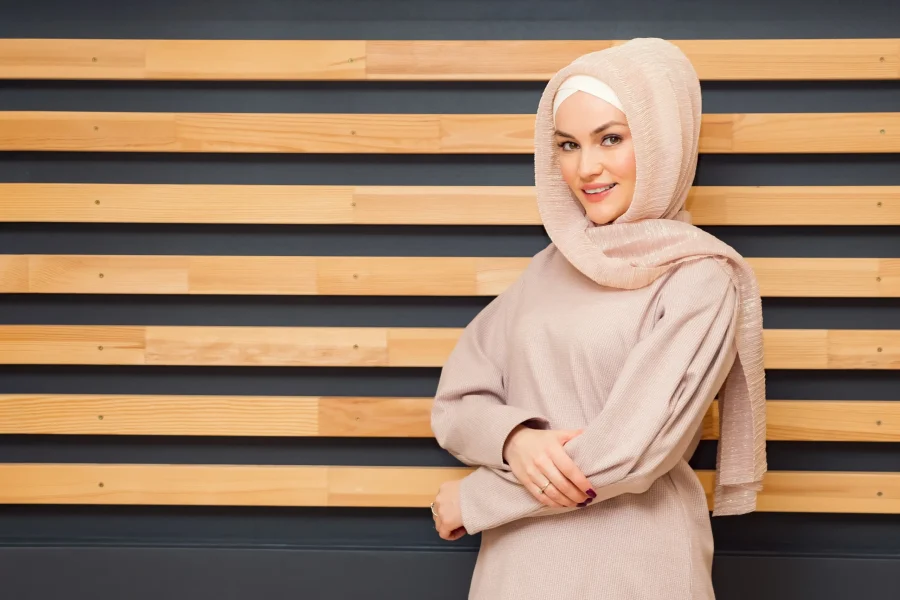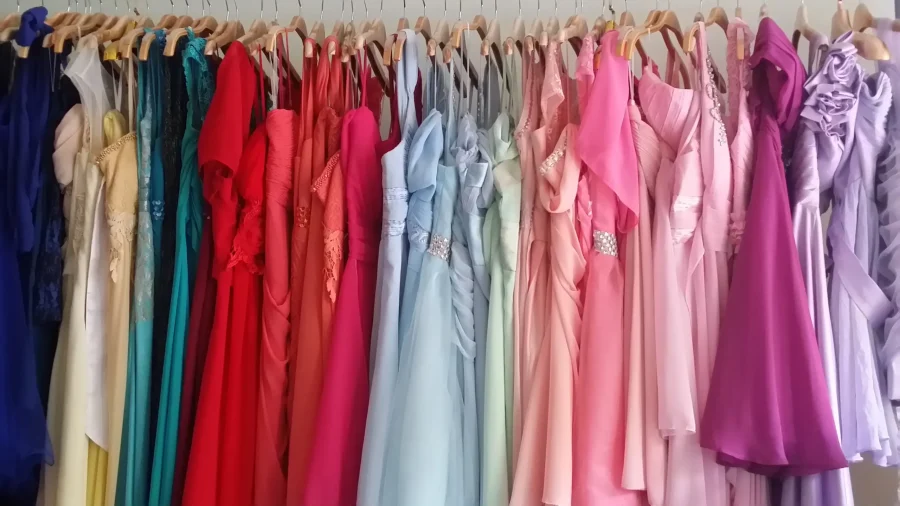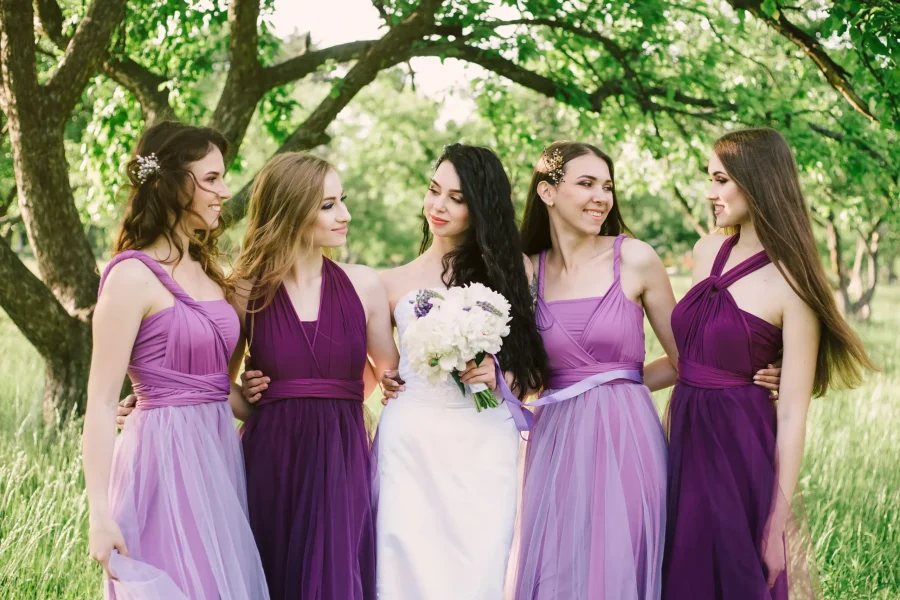
Understanding the Different Types of Wedding Dresses
Choosing the perfect wedding dress is a crucial decision that every bride faces. With numerous styles available, understanding the defining characteristics of each is essential in making an informed choice. Among the most popular styles are the A-line, ball gown, mermaid, sheath, and tea-length dresses, each offering unique features that cater to varying preferences and body types.
The A-line wedding dress is recognized for its fitted bodice that gradually flares out from the waist to form an “A” shape. This silhouette is flattering on most figures, providing a balanced look that suits both formal and casual weddings. It is versatile and can be enhanced with different fabrics, such as satin or lace, making it an excellent choice for traditional, outdoor, or even beach ceremonies.
For brides seeking a grand and dramatic appearance, the ball gown is the optimal choice. Characterized by a full skirt that extends from a fitted bodice, this style creates a romantic and fairy-tale look. The ball gown is ideal for formal weddings, especially in grand venues, as it offers a touch of elegance that other styles may not provide.
On the other hand, the mermaid dress is tailored to hug the body and flare out at or just above the knee. This style accentuates the bride’s curves and is often chosen for glamorous or sophisticated weddings. It’s suited for brides who wish to make a bold statement and is frequently made with luxurious fabrics that enhance its sleek appearance.
The sheath dress, distinguished by its straight cut and form-fitting design, offers a modern and minimalist aesthetic. This style is perfect for intimate weddings or outdoor receptions, as it provides comfort while maintaining an elegant silhouette. Finally, the tea-length dress, which falls between the knee and ankle, brings a vintage feel and is ideal for casual or retro-themed weddings.
Overall, understanding the various styles of wedding dresses helps brides-to-be visualize their options while determining what best reflects their personal style and the nature of their wedding celebration.
Choosing the Right Fabric and Embellishments
When selecting the perfect wedding dress, the choice of fabric is pivotal as it largely shapes the overall aesthetic and comfort of the gown. Various materials, including lace, satin, chiffon, and tulle, offer unique qualities that can align with different themes and personal styles.
Lace is celebrated for its romantic and vintage appeal. Typically made from threads of cotton or synthetic fibers, lace can elevate a wedding dress with intricate patterns and textures, making it ideal for classic ceremonies. The airy quality of lace can also add a whimsical touch, especially in delicate overlays or sleeves.
Satin, on the other hand, is known for its luxurious sheen and smooth texture. This fabric drapes beautifully, providing a flattering silhouette that can enhance the bride’s figure. A satin gown is perfect for a formal wedding, as it exudes elegance and sophistication. For brides seeking a polished look, satin is undoubtedly a fitting choice.
Chiffon is lightweight and versatile, often used for gowns with flowing designs. This sheer fabric creates a soft and ethereal appearance, which can complement outdoor or destination weddings beautifully. The way chiffon cascades creates a sense of movement, perfect for brides who desire a romantic look without the weight of more structured fabrics.
Tulle is another popular option, characterized by its fine, netted appearance. Often used in skirts for added volume or as overlays for a dreamy effect, tulle can be both playful and elegant. Its lightweight nature allows for body-flattering styles and can be combined with other materials for added dimension.
In addition to selecting the right fabric, embellishments play a significant role in personalizing a wedding dress. Beading can add sparkle and visual interest, while embroidery offers a chance to include intricate designs that align with the couple’s story or theme. Appliqués can provide texture and depth, enhancing the gown’s overall design.
Ultimately, the selection of fabric and embellishments should reflect the bride’s individual style and the desired ambiance of the wedding. By thoughtfully considering these elements, brides can ensure their wedding dress is not only beautiful but also uniquely theirs.
Finding Your Perfect Fit: The Importance of Tailoring
The significance of a well-fitting wedding dress cannot be overstated. Achieving the right fit is crucial, as it ensures that the dress flatters the bride’s unique body type and provides comfort throughout the celebration. Every bride has distinctive measurements; thus, understanding how body types influence sizing is essential. Often, standard dress sizes may not cater adequately to a bride’s specific silhouette, making professional alterations a necessity rather than a luxury.
When assessing fit during fittings, brides should focus on several key areas. The bodice should contour smoothly to the figure without gaps or excess fabric. Pay close attention to the waistline, ensuring it sits comfortably while accentuating the bride’s shape. Additionally, consider how the skirt falls and whether there is enough room for movement without compromising the dress’s design. An experienced tailor will provide guidance on how to enhance these aspects for a polished appearance.
Common tailoring adjustments include hem alterations, taking in or letting out seams, and modifications to sleeves or straps to achieve desired styles. Depending on the complexity of the adjustments needed, timelines for initiating these alterations should be planned well in advance—ideally, at least two to three months before the wedding day. This ensures that there is ample time for fittings and any necessary revisions to guarantee perfection.
Ultimately, choosing the right wedding dress involves more than just selecting a beautiful design; it is about ensuring that it fits impeccably. By prioritizing the importance of tailoring, brides can achieve a stunning and comfortable fit that enhances their confidence on their special day.
Customization Options for Your Wedding Dress
Personalizing your wedding dress transforms it into a unique expression of your individual style. Various customization options are available that can help you infuse your personality into your gown. One of the primary aspects to consider is the neckline. Whether you prefer a sweetheart, off-the-shoulder, or halter style, changing the neckline can dramatically alter the dress’s overall appearance and feel. Furthermore, sleeves present another avenue for customization. You can opt for cap sleeves, long lace sleeves, or even sleeveless designs, allowing for a tailored look that complements your body type and wedding theme.
In addition to these foundational elements, the choice of fabric and color can significantly elevate your dress’s uniqueness. Traditional white may not suit everyone; consider soft pastels, bold jewel tones, or even patterned fabrics. Fabrics like lace, satin, and chiffon offer a variety of textures and fall, enhancing the overall visual impact. When considering these options, think about cohesiveness with your wedding’s palette and how these elements reflect your personal aesthetic.
Working with a designer can further elevate your customization journey. A bespoke wedding dress allows you to collaborate closely, ensuring every detail aligns with your vision. Designers can execute intricate embroidery, unique cuts, or even personalized messages sewn into the fabric, making your gown a narrative of your love story. This bespoke process not only grants access to higher-quality materials and craftsmanship but also allows for fittings that ensure comfort and a perfect fit on your big day.
Ultimately, exploring these customization options enables you to create a wedding dress that is a true reflection of your individuality, elevating the entire bridal experience and leaving a lasting impression on your guests.

